The Pioneer Cemeteries of Idaho City and Grimes
We always try to visit a cemetery in the places we visit and, whether it’s the baroque elegance of the Recoleta Cemetery in Buenos Aires or the haunting beauty of Savannah’s Bonaventure, they often end up among our most memorable experiences. On our day trip to Idaho City, we hadn’t expected to even visit one cemetery, but ended up spending time in two.

In order to get to Idaho City from Cascade, we took a gravelly road known as Grimes Pass (NF-382), which switchbacked up into the mountains. At the highest point, we found a trail leading to a small cemetery. Tombs were scattered about the parched land, many marked as “unknown”. A few held the bodies of infants of pioneers, while others were relatively recent. And in the center, we found the grave of George Grimes.
In 1862, George Grimes was the head of the prospecting group which discovered gold in the hills of the Boise Basin, and sparked one of the world’s most lucrative rushes. Just days after his historic discovery, Grimes was murdered. Officially, he fell at the hands of an Indian, but the true story has always been shrouded in mystery. Greed and crime ran high among the prospectors, and most assume that his own men were the ones who gunned him down. They were, after all, the only witnesses… and Indians make awfully convenient scapegoats.
After we were done touring Idaho City, we drove just outside of town to the Pioneer Cemetery, which holds the graves of over 3000 people. Only a fraction of them have been identified and of those, very few are known to have died of natural causes. Idaho City was a wild, violent and dangerous city, where it was far more common to catch a bullet in the streets than reach old age.
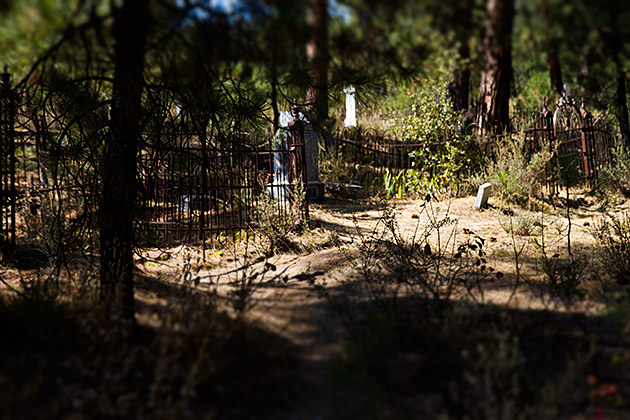
At the tourist office, we had picked a brochure which led us to the most prominent graves and shared some of their tenants’ stories, such as that of the beautiful sixteen-year-old daughter of the town’s newspaper mogul, who broke her neck after being thrown from a carriage, sparking a citywide period of mourning. Or J. Marion More, who found himself on the losing end of one of Idaho City’s frequent duels, after a fight over a mining claim.

I never assumed that the life in a pioneer mining town would be all peaches and cream, but our walks through these two cemeteries confirmed it, and made me appreciate how lucky we are to be alive in these modern days.
More pictures from the Grimes Pass Cemetery
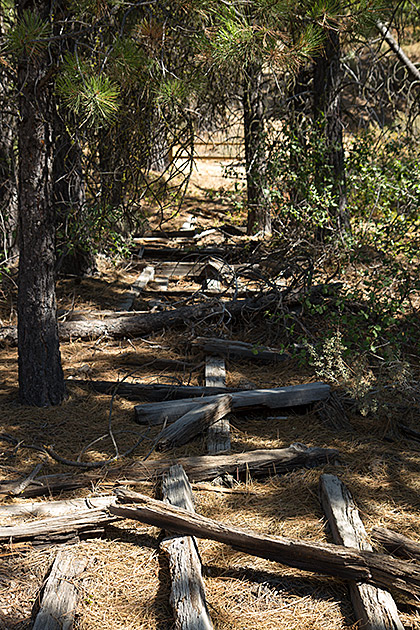
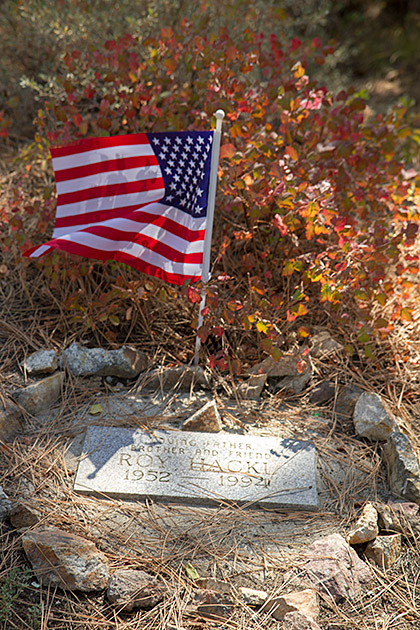
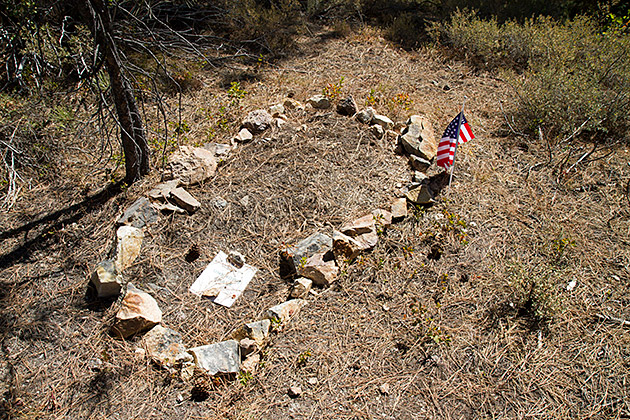
More pictures from the Idaho City Cemetery

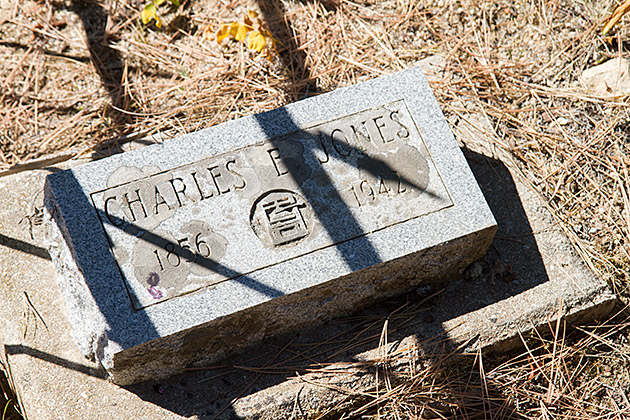
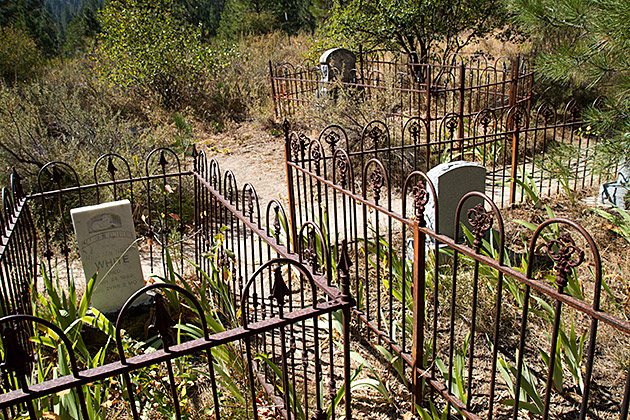
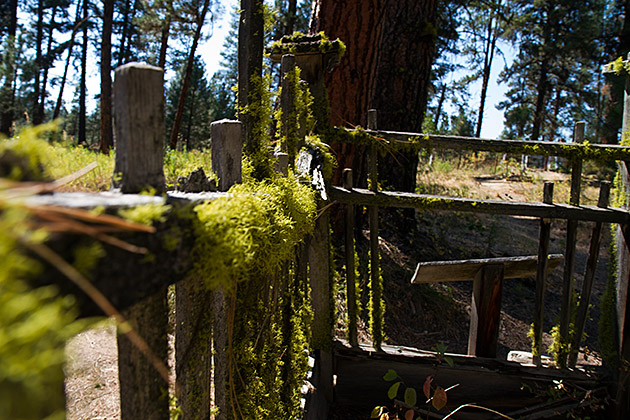
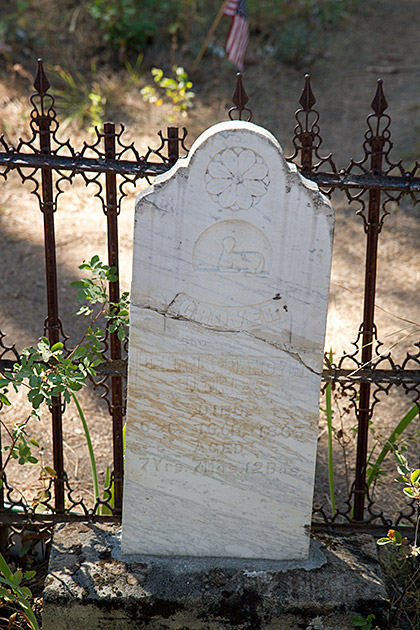
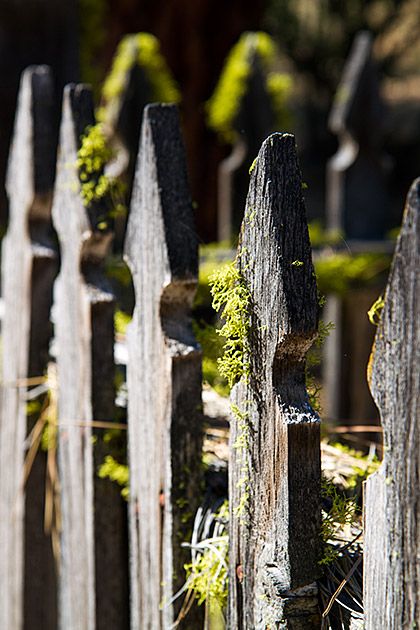
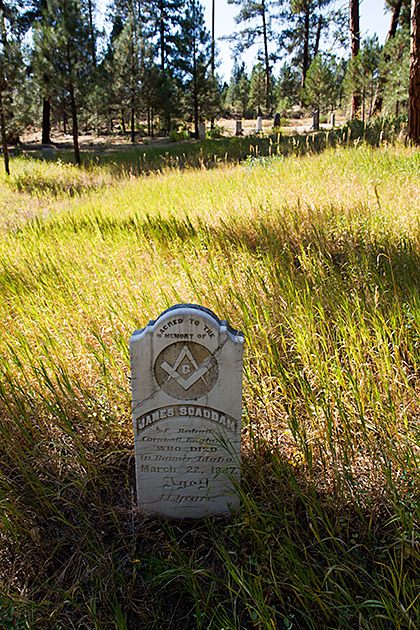

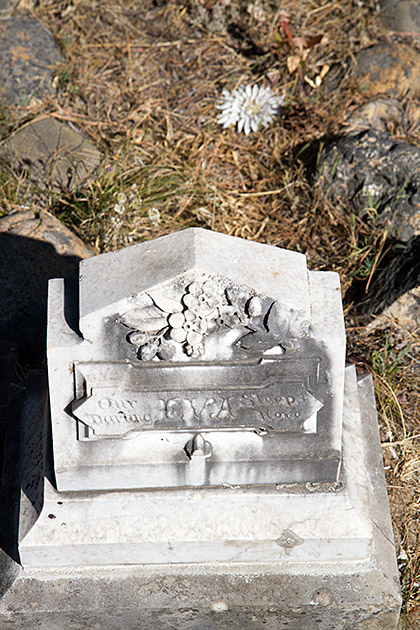
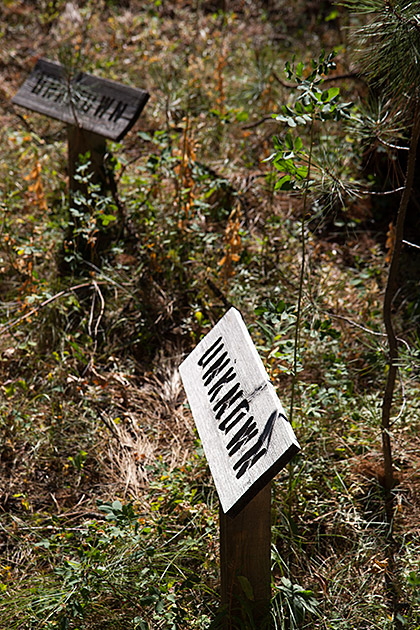
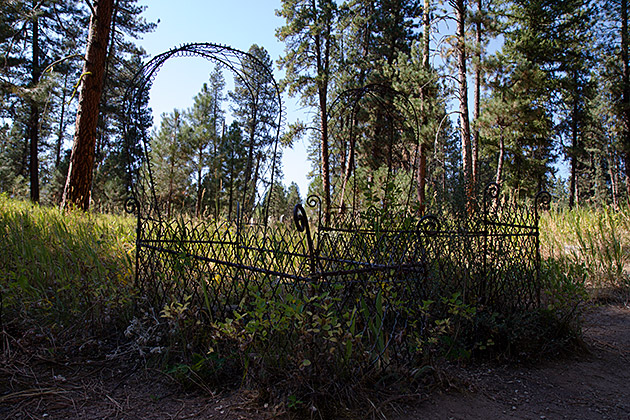
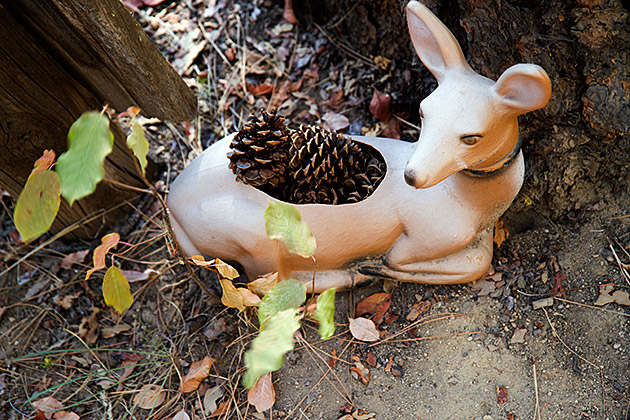
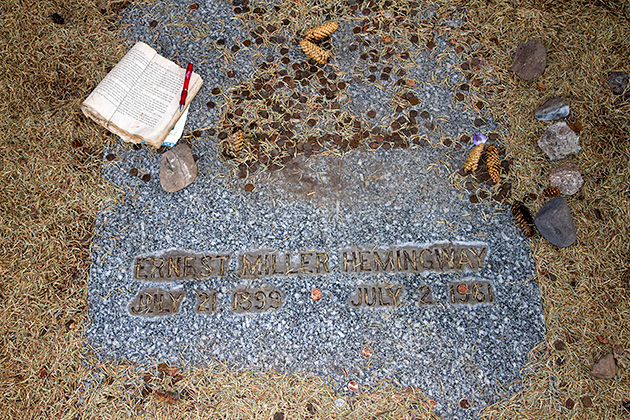
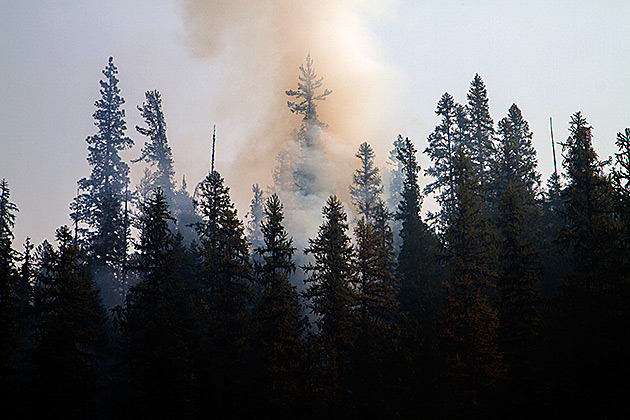


I love that I’m not the only person who enjoys visiting old cemeteries! They are fascinating places to learn a bit about the times the people lived. Children’s graves are always sad and as a bereaved parent myself, I always feel the pain of their parents because I can identify with their loss, even across time. In the fall of last year, I randomly visited an historic cemetery in Wheeling, West Virginia and took some amazing pictures. It is located on the old National Highway http://www.route40.net/page.asp?n=1067&s=WV&x=West+Virginia, next to Wheeling Park, where there is a monument to the “Madonnas of the Trail,” one of many along the trail to the pioneer west. If you are ever there, you should check it out. (Pioneer Mothers of the Covered Wagon Days)
I live in Idaho and have visited this cemetery many times. Before a big fire near Idaho City there used to be many original wooden markers there. They were amazing to read, many of them being for children. Sadly, all of them burned up in the big fire a few years back. I don’t think anyone digitized them either so they are now lost to history. I have never been able to find any pictures of the old wooden markers that were destroyed.
If you look at the Idaho City Cemetery aka Pioneer Cemetery or Boot Hill Cemetery on findagrave.com you will see that there are 392 interments listed and it is 83% photographed.. http://www.findagrave.com/cgi-bin/fg.cgi?page=cr&GScid=80414&CRid=80414&pt=Old%20Pioneer%20Cemetery&